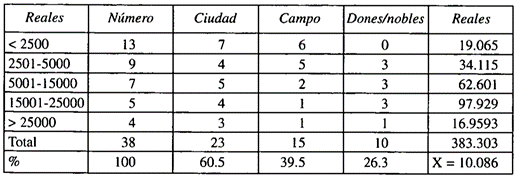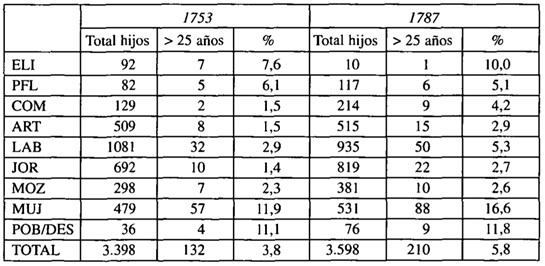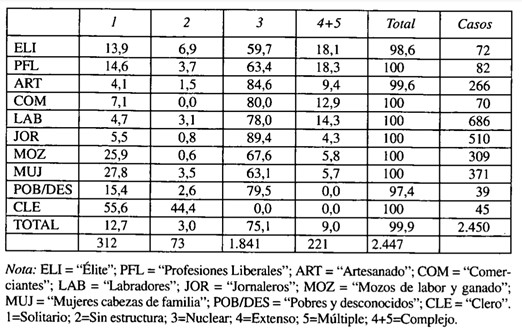Land ownership in some municipalities in Spain at the end of the Ancien Régime, highlighting the concentration of land in a few hands
Statistics
International trade and imports of Sardinian cheese as a reflection of the trade networks of the Kingdom of Valencia
Disentailed assets in Castilla-La Mancha in context with the national average
Family models in urban and rural areas in the Kingdom of Valencia, highlighting the importance of the nuclear model
Transmission of patrimony in the form of matrimonial dowry in the Sierra de Alcaraz as a form of social reproduction
Household structure linked to the domestic aggregates according to the professions carried out by the heads of household. Process of inversion in the structures throughout the 18th century.
Transmission of wealth via wills reflecting parental affinities and social clientelism. A distinction is also made between inherited property according to sex.
Children who remained living in the family nucleus and performed differentiated tasks based on the sex of the siblings and the profession of the head of the household
Household structure according to the activities carried out by the head of the household. Occupation determined the composition of the family.








